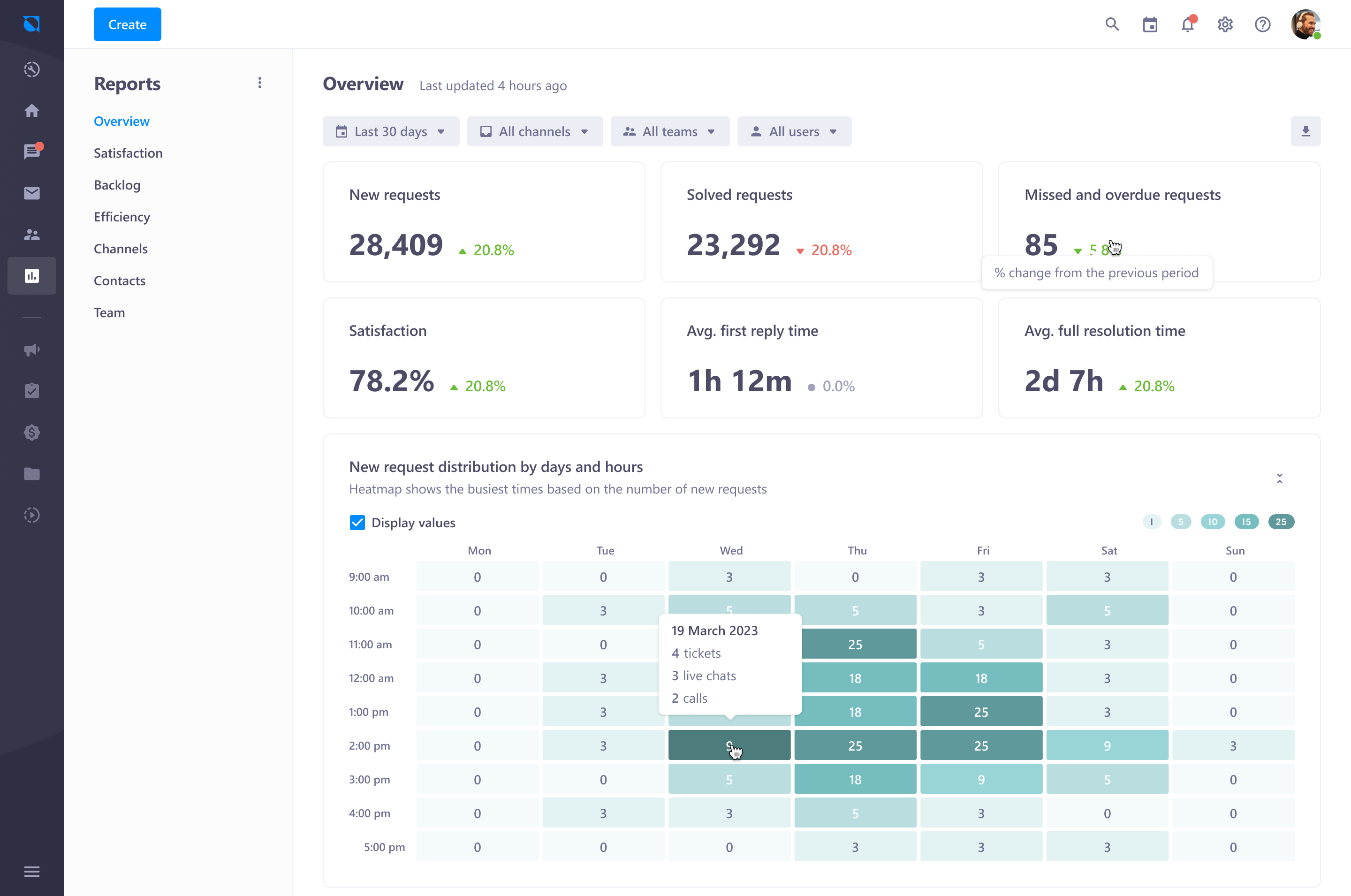How to Ensure Your SLA Response Time Meets Customer Expectations
How to Ensure Your SLA Response Time Meets Customer Expectations
Blog Article
In today's competitive business landscape, customer support excellence is non-negotiable. One of the critical factors that impact customer care is the Support Level Deal (SLA) result time. SLAs outline the estimated time structures within which your group must respond to customer inquiries or issues. Failing to meet these expectations can result in discouraged clients and damaged reputations. Therefore, ensuring your SLA response time matches or meets client expectations is critical for long-term success.

1. Collection Realistic and Obvious SLA Benchmarks
Establishing an SLA answer time that aligns with equally customer objectives and your team's abilities is the initial step. It's essential to define distinct, measurable criteria that are practical however challenging. Realize your customers' wants, the complexity of your company, and the assets offered to your help team before placing these expectations. Aiming your SLA with industry criteria while considering your unique company situation can help guarantee you never overpromise and underdeliver.
2. Power Automation for Faster Reaction Occasions
Automation can significantly improve result time and efficiency. Employing ticketing programs, automated email answers, and chatbots can straight away acknowledge client inquiries, allowing your support staff to target on resolving problems more quickly. Automated workflows may sort and prioritize tickets, ensuring that high-priority problems are addressed first, more lowering response times.
3. Monitor and Improve Workflow Effectiveness
Monitoring your team's efficiency against SLA standards is vital for maintaining high degrees of client satisfaction. Normal checking of essential metrics like normal result time and quality time can show inefficiencies in your workflow. Use these insights to streamline functions, enhance reference allocation, and provide extra training to aid staff. Ensuring your staff has the various tools and knowledge to handle problems quickly is essential for staying within your SLA answer time.
4. Implement Tiered Support for Various Complexity Levels
Not absolutely all customer issues are produced equal. By employing a tiered support structure, you are able to spend resources more successfully, ensuring that more complex problems get the interest they might need without impacting reaction times for simpler inquiries. This process helps keep a stability between quick reactions and complete matter resolution.
5. Set Client Expectations with Hands-on Interaction
Transparent communication is important to handling client expectations. If a problem can take longer to solve because complexity, notify the consumer promptly. By providing normal changes, you show that you're positively focusing on their problem, which can keep confidence even though response instances are slightly delayed. Placing sensible expectations upfront helps construct self-confidence and decreases frustration.

Conclusion
Meeting your SLA result time is a must for client satisfaction and retention. By placing sensible standards, leveraging automation, optimizing workflows, employing tiered support, and sustaining hands-on interaction, firms can ensure they regularly meet or exceed client expectations. The effect is stronger customer relationships, improved support supply, and a competitive edge in the market. Report this page